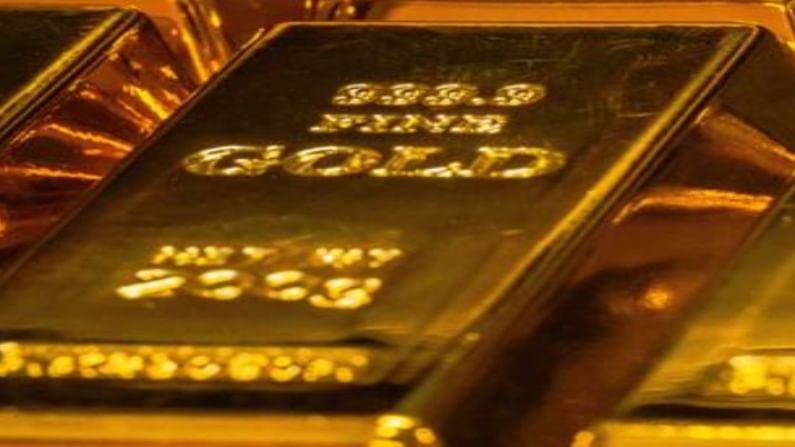Gold ETF inflows see inflows of $3.4 billion after three months of outflows
The spike in gold demand marks a significant change in trend with gold ETFs previously seeing net redemptions in five of the past six months

Global gold exchange-traded funds (ETFs) saw inflows of $3.4 billion (61.3 tonnes) in May, following three months of outflows, aided by a 7% increase in gold prices.
As per the World Gold Council, large North American and European funds drove inflows in May. Funds in the US, UK and Germany were once again the primary drivers of flows, flipping to net inflows.
The council said that gold ETF flows have started to catch up to the price rebound in recent months, adding that Asian gold ETF holdings growth is still above 11% this year, but has slowed in the last two months.
“Gold remains a promising asset for investors as market behaviour continues to be controlled by inflationary pressures coupled with the US dollar diluting in strength and lower real yields, further seen by the increase in gold price,” Adam Perlaky, senior analyst at WGC, said in the report.
The spike in gold demand marks a significant change in trend with gold ETFs previously seeing net redemptions in five of the past six months and just modest inflows in January.
What are Gold ETFs?
Gold ETFs are commodity-based mutual funds that invest in gold as the principal asset. Gold ETFs are passive investment instruments that aim to track the domestic gold price. It invests either in physical gold or stocks of companies engaged in gold mining or refining. The units of a gold ETF are traded on a stock exchange, just like stocks. One unit of a gold ETF represents one gram of gold. Investors need to have a Demat account to invest in gold ETFs.
Price-performance and trading volumes
Gold finished the month 7.5% higher at $1,900 an ounce, breaking through the resistance. As per the World Gold Council, the recent strength of gold is due to a function of higher inflation expectations (gold is seen as a hedge against inflation); the weaker US dollar, and positive gold sentiment and price momentum. Other factors include strong buying by central banks.
In a survey prepared by the Council, central banks around the world are anticipating an increase in gold reserves in the next 12 months, with most citing “uncertainty over economic recovery from the Covid-19 pandemic” as their reason for buying gold.
As per the WGC report, gold daily trading averages rose meaningfully during May to $176 billion, after falling for two straight months. This is slightly higher than the 2021 average of $165 billion and below the 2020 average of $183 billion, more in line with the 2019 average of $146 billion.
Low-cost gold ETF segment continues to grow
Strong inflows have continued into low-cost ETFs across the globe. The 8.3 tonnes of net inflows in the low-cost space represented 13% of net global inflows during the month. The 181 tonnes of low-cost assets now represent 5% of the total global gold ETF market compared with less than 3% a year ago.